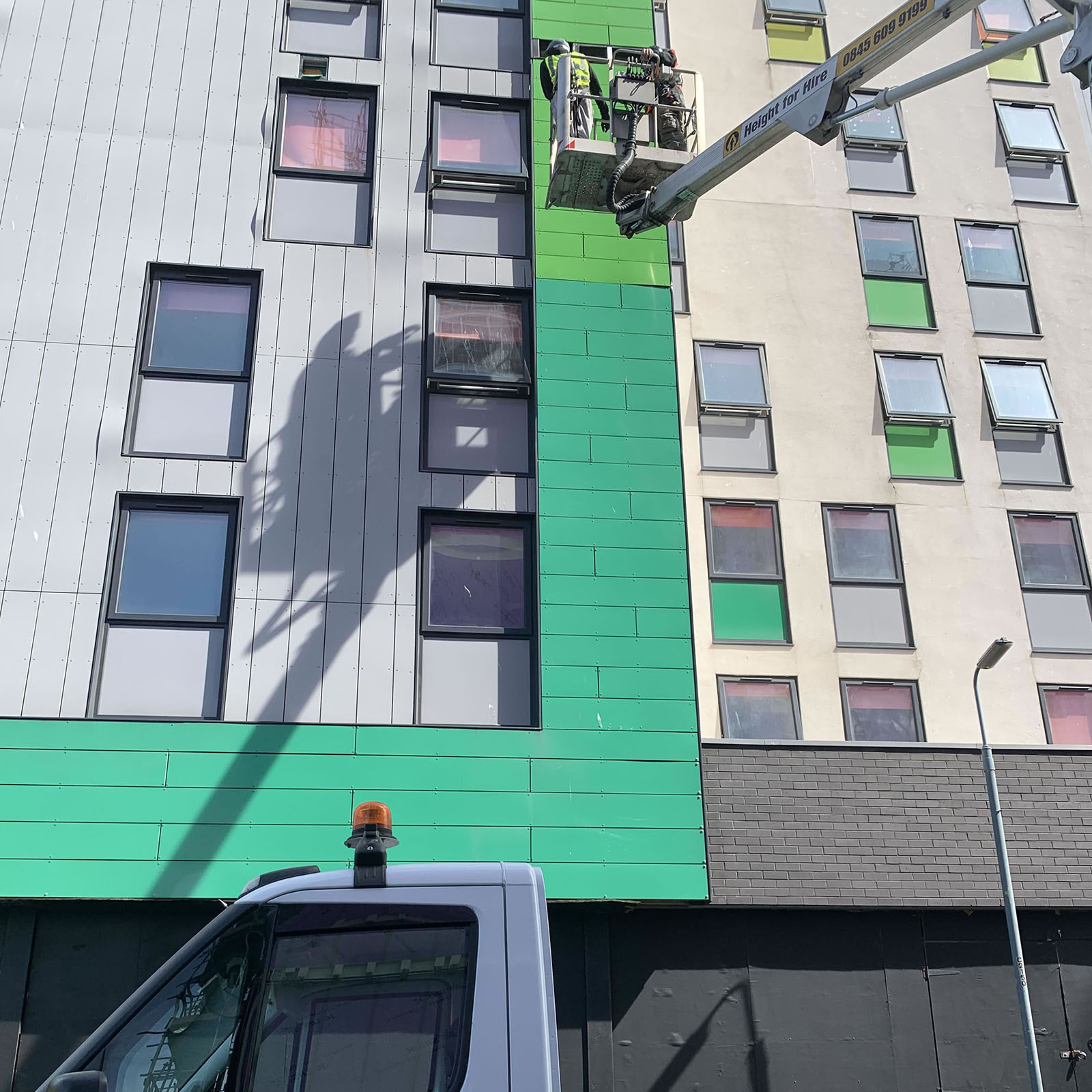Cladding remediation costs refer to the expenses incurred during the replacement of unsafe external wall systems. They usually cover the investigation, design, removal and replacement of combustible cladding, as well as any interim measures needed to manage risk (e.g., waking watch) while works are being delivered. These costs became a national issue after the Grenfell Tower fire in 2017 exposed widespread problems with external wall construction in the UK.
The disaster (which killed 72 people) prompted massive reforms (including the Building Safety Act 2022 and Fire Safety Regulations 2022), and a new regime for who pays to put things right. Since 2022, the Government has introduced strong protections for qualifying leaseholders: they cannot be charged for cladding-system remediation, and often receive legal protections from certain costs related to historical building safety defects.
The legal backdrop
Following the events of Grenfell, the UK parliament restructured laws around building safety. The regimes outlined by the Building Safety Regime (BSR), the Building Safety Act 2022, and the Fire Safety (England) Regulations 2022 sought to create:
- Clearer accountability for building owners/managers
- Tougher gateways for new high-rise projects
- More structured evidence for lenders and insurers when they ask about cladding and external walls
However, the government soon raised concerns that too many buildings were undergoing unnecessary and costly remediation work. As a result, they pivoted towards a more ‘proportionate’ approach to external wall risk.
But what does this mean?
In the same year, parliament endorsed PAS 9980, a code of practice that guides competent assessors to weigh risk and recommend targeted remediation or lower-cost mitigations (e.g. improved fire-stopping, sprinklers) instead of defaulting to full strip-and-replace.
Who actually pays? (and what’s illegal)
Below is a walk-through of the rules, in the order you’ll usually apply them on a real project. Each step narrows who can be charged (and for what) until you know where the costs land.
1. If you’re the qualifying leaseholder
Qualifying leaseholders are fully protected from cladding-system costs. In fact, several tests can block historic safety costs from being passed on at all. These include the developer test, the contribution condition and low-value lease thresholds (explained later).
But first: what does a qualifying leaseholder mean?
The term refers to an individual who owns a long residential lease in a relevant building (typically 11 metres/5 storeys) held on 14 February 2022 as your only/primary home (or owned no more than three UK dwellings in total). If you qualify, you cannot be charged for cladding costs.
Non-cladding costs are restricted and often subject to leaseholder contribution caps. However, even if you’re qualifying, the building must still apply the tests below to decide whether any non-cladding costs can be passed on.
2. The developer test
Was the building owner on 14 February 2022 the developer, or associated with them?
- If YES: No leaseholder (qualifying or not) can be charged historic safety remediation costs.
- If NO: move to the contribution condition.
3. The contribution condition
If the developer test doesn’t apply, check the landlord’s resources.
- Where the landlord/landlord group had a net worth of more than £2m per relevant building on 14 February 2022, and you are a qualifying leaseholder, the landlord must meet all non-cladding remediation and interim-measure costs (nothing can be passed through).
- EXCEPTIONS: The contribution condition does not apply to certain landlords on that date (e.g. local authorities, private registered providers of social housing (PRPs), some superior landlords and specified public bodies).
Deadlines and the Remediation Acceleration Plan (2024–2029)
With financial responsibilities laid out, many building owners are now asking: when does these improvements need to be made by?
The Government’s Remediation Acceleration Plan (RAP) set a clear finish line. By the end of 2029 every residential building over 11m with unsafe cladding must either be fixed or have a firm completion date (and there are tough penalties for landlords who don’t comply). The July 2025 material signals criminal sanctions (including unlimited fines and potential imprisonment) for landlords who miss legal deadlines without a reasonable excuse.
How Pops Facades can help
If you need to make your building safe, Pops Facades delivers cladding inspections, targeted remediation and full replacement, with design support and site management built in.
We’re CHAS Premium Plus accredited and can act as main contractor, handling permits, method statements, lift plans and resident-friendly programming. Ready to map a compliant, cost-controlled route to remediation? Get in touch today.
